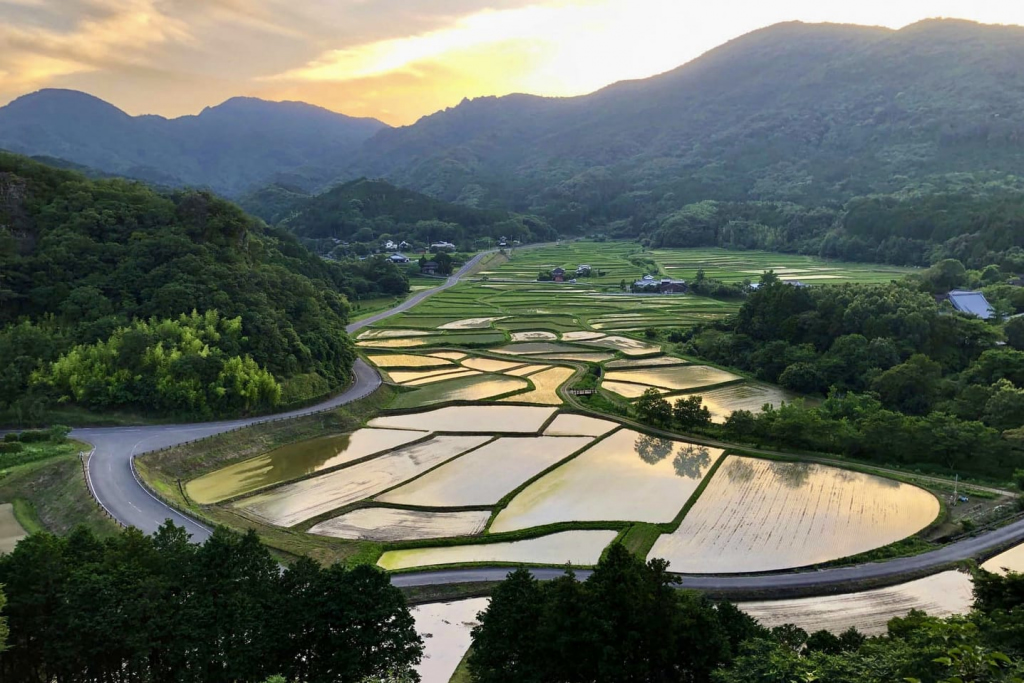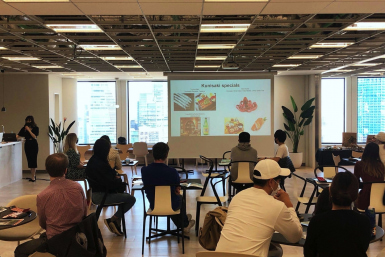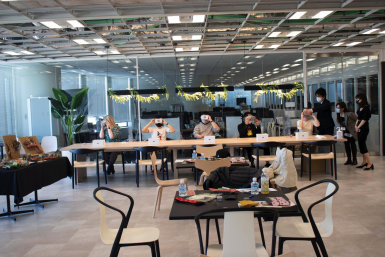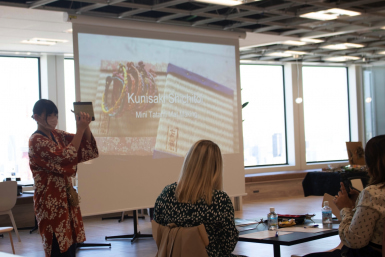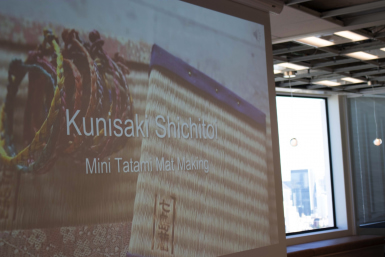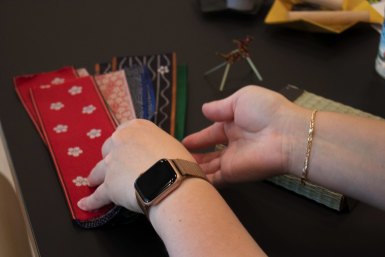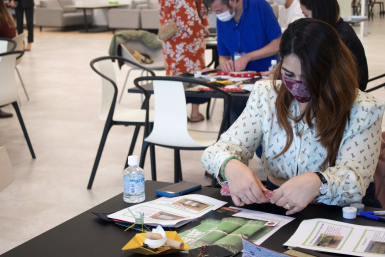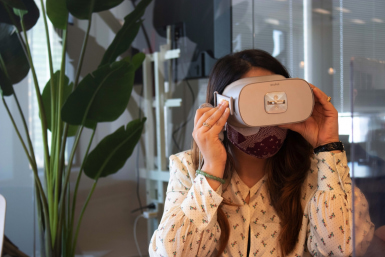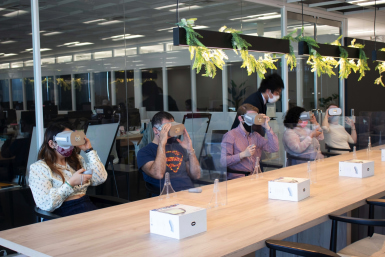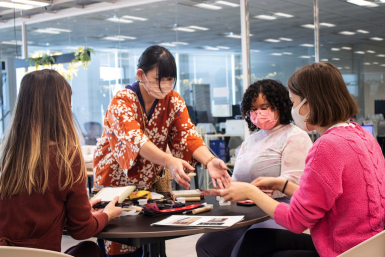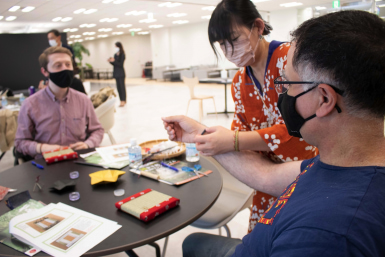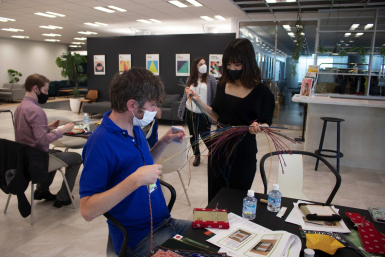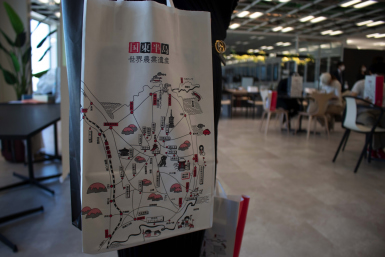Some of Japan’s most underrated travel spots can be found in the cities of Kunisaki and Bungotakada located on the beautiful Kunisaki Peninsula in Kyushu’s Oita Prefecture. Some of Japan’s intrinsic historic and cultural DNA are buried deep in this area that prides itself in maintaining many facets of ancient cultures and traditions.
In October, representatives and local craftspeople of Kunisaki and Bungotakada traveled to Tokyo to share a taste of this fascinating region at the Feel Japan event organized in partnership with TW. Shichitoui Workshop Nanatsumugi artisan Chika Iwakiri led an interactive workshop on how to make tatami mats using a material called shichitoui, which is cultivated on the Kunisaki Peninsula. There were also VR units allowing guests to virtually explore Fukiji Temple in Bungotakada city.
Here is what we learned about these two wonderful cities in Oita, Kyushu.
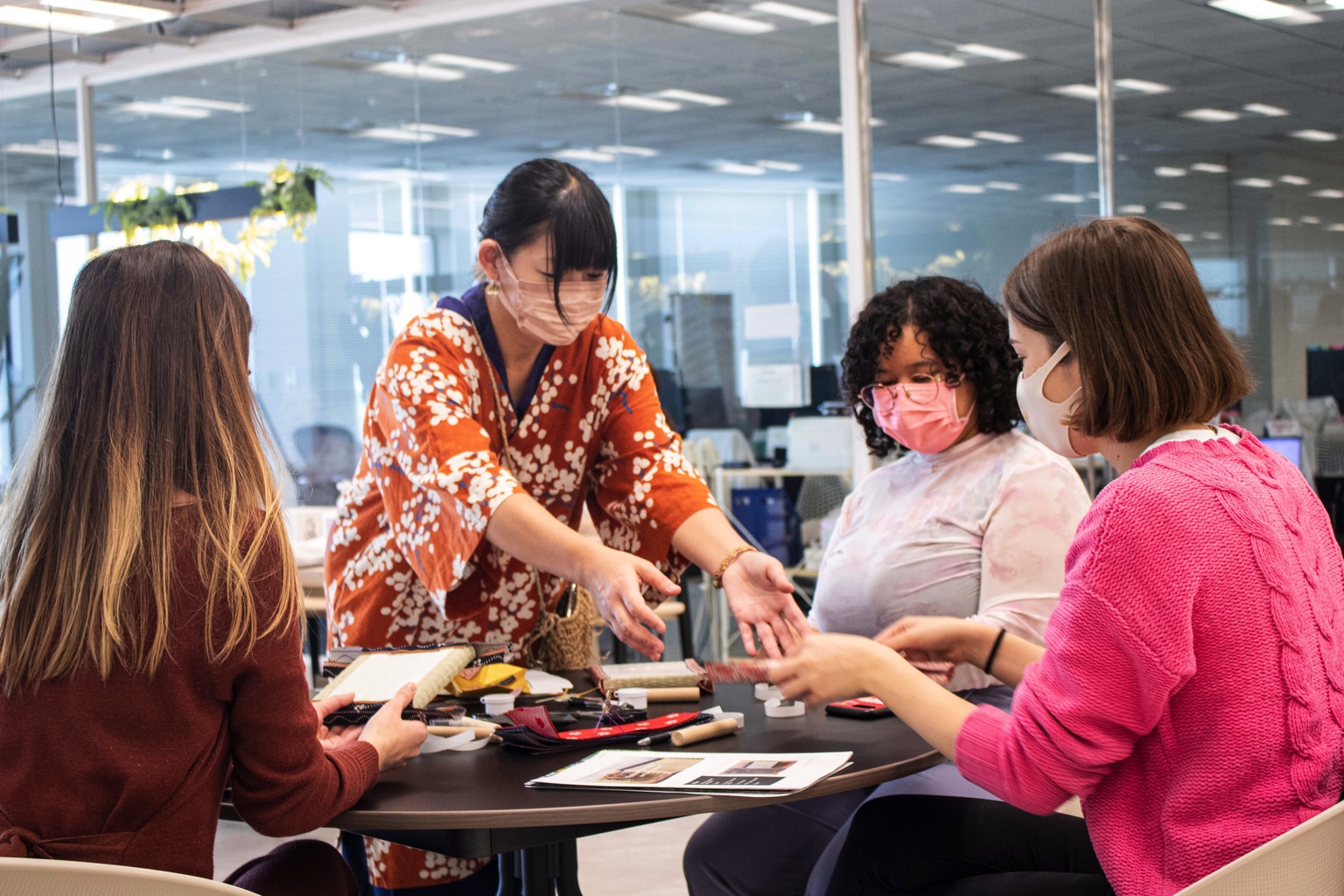
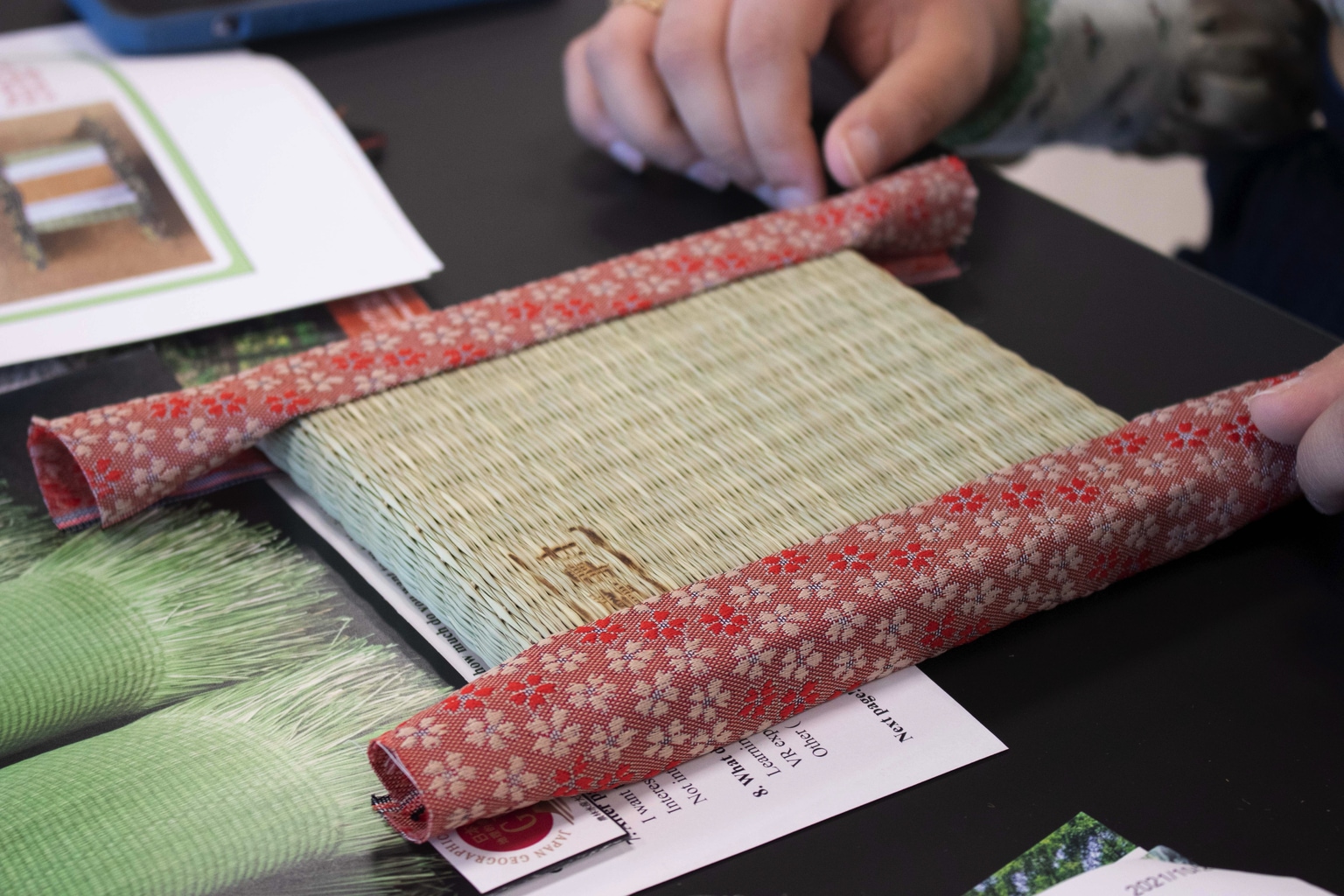
1. Kunisaki’s Tatami Mats Were Used in the Tokyo 1964 Olympics
During the tatami-making workshop, Iwakiri explained what makes Kunisaki tatami special. It’s made from shichitoui, a plant grown in Kunisaki, which results in smoother, stronger and more breathable tatami, compared to more orthodox tatami mats. In fact, the more you use this tatami, the better and smoother it becomes. The weave is also different, one thread per row as opposed to two threads in regular tatami.
This is why Kunisaki’s tatami was selected to be the flooring for the Tokyo 1964 Olympic Judo tournament. Event participants felt this firsthand while making their own mini tatami mats, as well as receiving a handmade bracelet from Kunisaki representatives at the event.
Unfortunately, as with most traditional crafts, tatami-making production has been decreasing. To combat this, however, the Kunisaki Shichitoui Promotion Association was established in 2010 and it has been working hard to preserve this valuable craft.
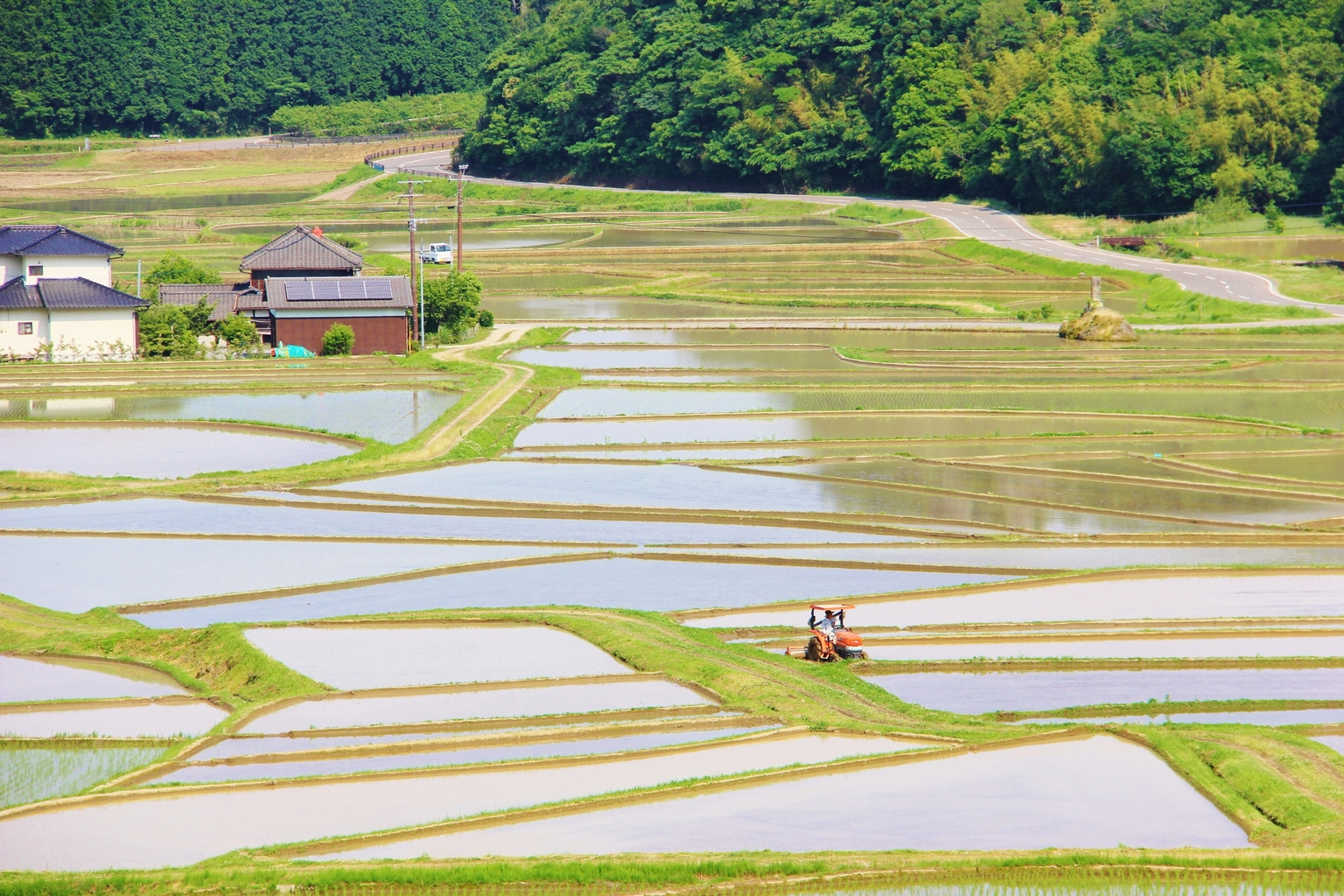
2. Kunisaki Peninsula is a World Agricultural Heritage Site
The mountainous terrain and volcanic soil of Kunisaki have always made farming difficult here. However, the invention of rice terraces helps with water retention and enlarging the field size. Clever farming inventions have resulted in richer production and as an added bonus, stunning landscapes. The rice fields of Tashibuosaki Bungotakada are a real visual treasure. It’s no wonder this is one of the designated Cultural Landscapes of Japan. Other areas worth visiting are the connected system of Sawtooth Oak forests and multiple interlinked irrigation ponds which earned Globally Important Agricultural Heritage System designation in 2013.
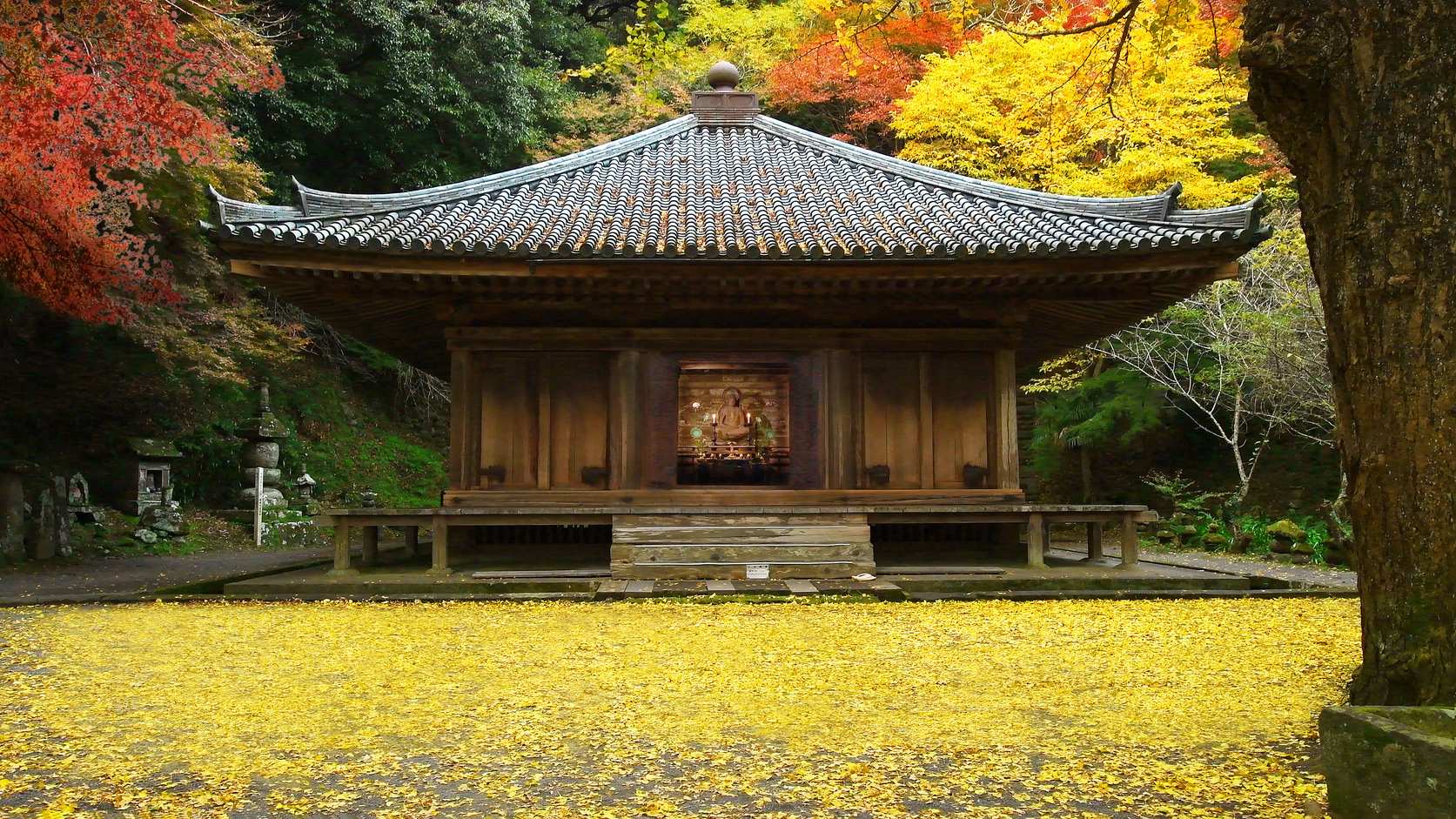
3. Fukiji Temple in Bungotakada is a National Treasure More Than a Millenium Old
The Kunisaki Peninsula has upheld a profound connection with Buddhism for a millennium, following in the footsteps of Nara and Kyoto, resulting in the establishment of several revered temples. Fukiji Temple in Bungotakada is renowned for hosting a National Treasure in the form of Amida-do hall which dates back to the 8th century. The temple itself is one of the Rokugo-manzan structures of the Tendai sect of Buddhism, and it has been preserved to the present day.
At the TW event, participants tried some VR travel and explored the treasures within this temple with VR headsets. It’s no substitute, of course, for the real thing, but it helped participants feel inspired to travel to Bungotakada in person.
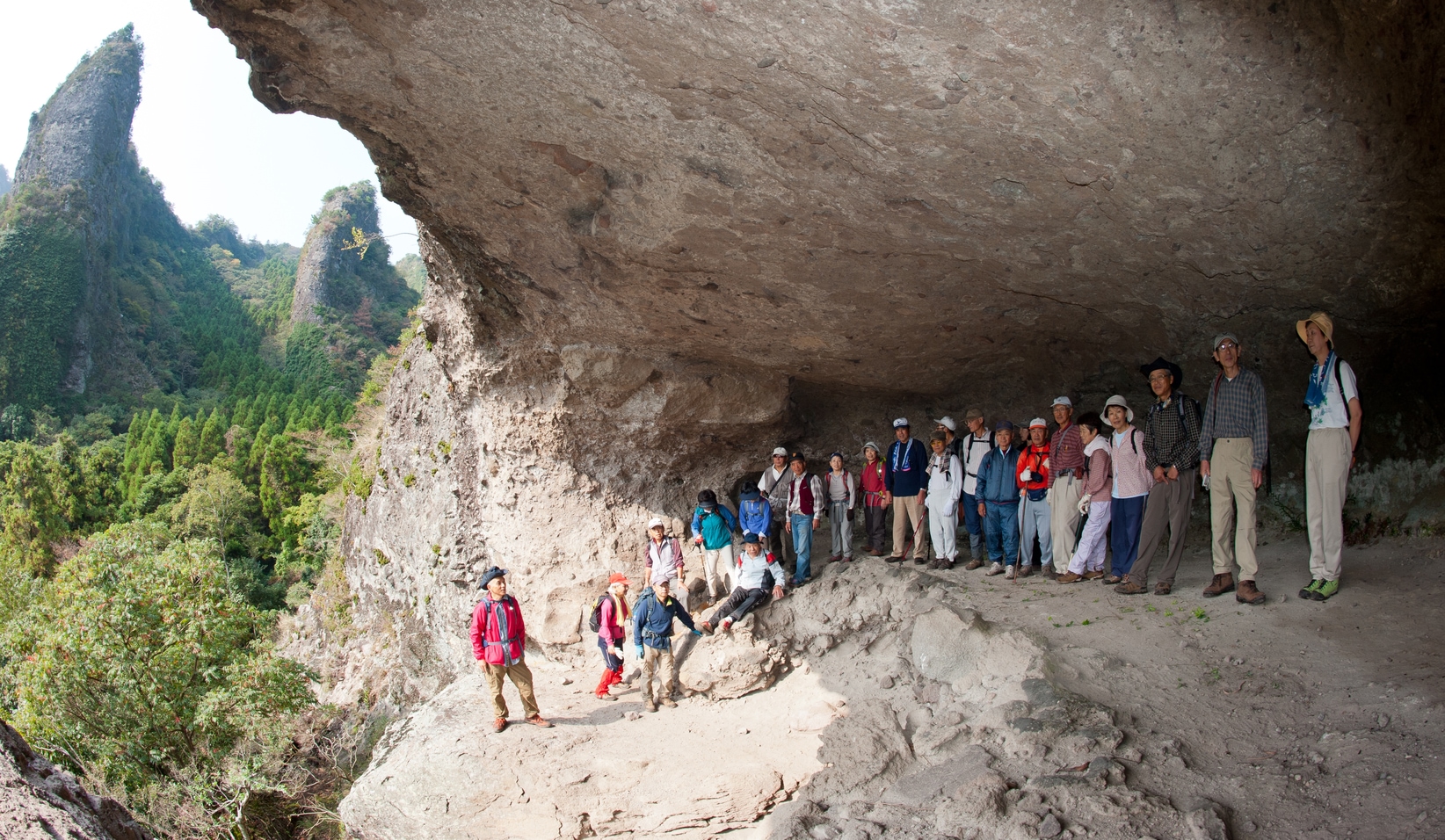
4. Hiking in Kunisaki Peninsula Can be a Truly Spiritual Experience
Formed by volcanic activity, Kunisaki Peninsula is beautifully mountainous. This land of temples and mountains offers a number of scenic hikes that lead to ancient temples. Some of the hiking routes have been used by monks as a part of their religious practice for centuries and you can walk in their footsteps. At the center of the peninsula is Mount Futago, and one of the highest temples you can reach in this area is Futagoji Temple.
However, there are dozens of beautiful temples on the various hiking courses, including the ancient Fukiji Temple. Kunisaki Peninsula Minemichi Long Trail is 134 kilometers and is one of the most popular courses. It starts from the stone Buddha carvings known as Kumano Magaibutsu and leads all the way to the peak of Futagoji Temple.
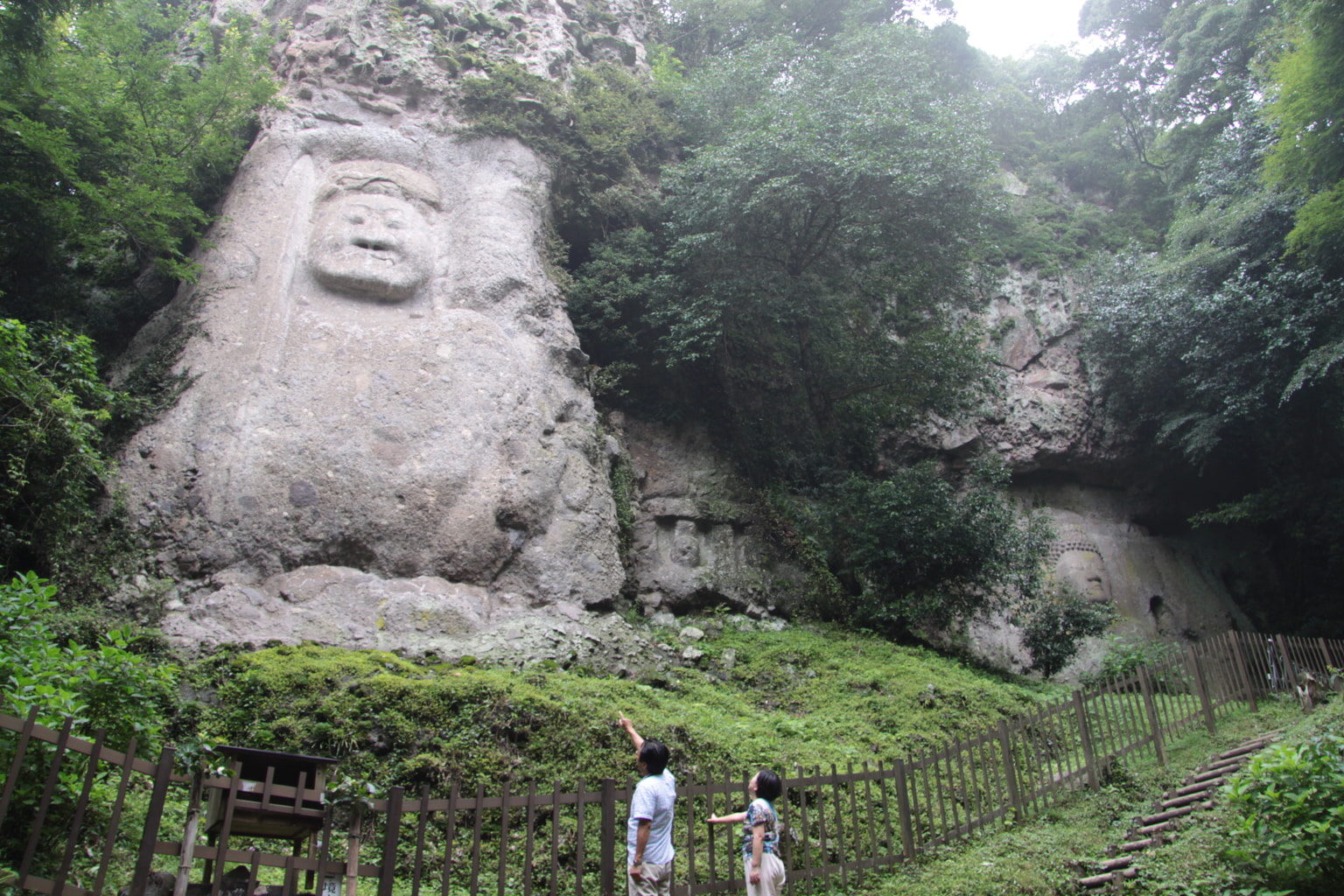
5. Bungotakada City Has a Retro Showa Era Town
Bungotakada city has a charming retro town reminiscent of 1950s and 1960s Japan, the peak of the country’s much-loved Showa Era. This Showa no machi, or Showa town as it’s called, is filled with retro billboards and ads, nostalgic street lamps and postboxes. And the shopping street is lined with 54 quaint shops designated as authentic Showa-style locations. But the cutest Showa symbol of them all, however, is Bungotakada’s retro Showa bus that you can ride for free on weekends and holidays.
There are bus tours with a fun bus guide, as well as walking tours around Showa no machi. No advance reservation is needed.
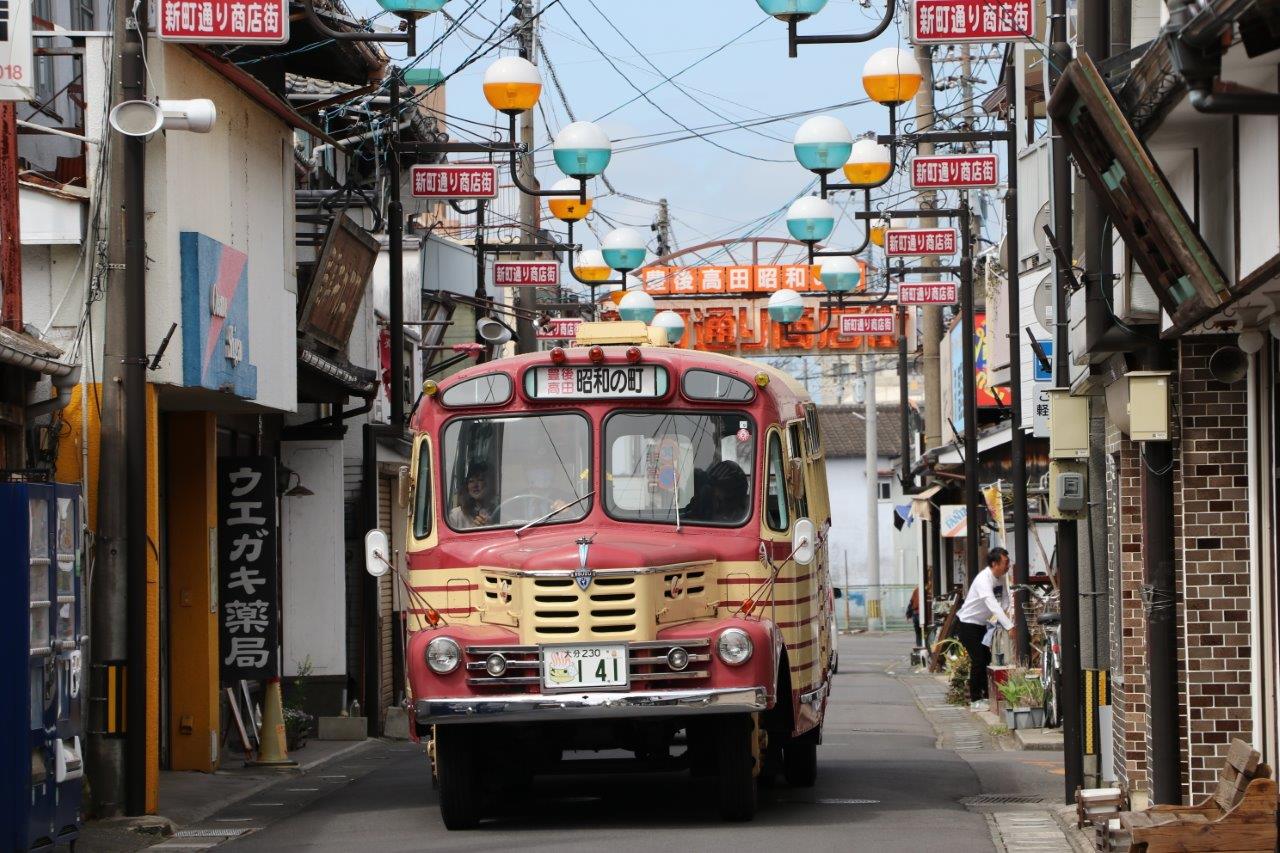
These were five of the many points we learned at the Feel Japan event. Participants received an omiyage (souvenir) goodie bag full of local gifts and treats. These included buckwheat tea from Bungotakada, a set of nanohana and sunflower oil from Nagasaki Nose and sake from Nishinoseki and Kayashima Sake breweries in Kunisaki.
Find more information at:
Kunisaki’s official site: http://visit-kunisaki.com/en/
Bungotakada’s official site: https://www.showanomachi.com/
See more photos from the Feel Japan event below.
[Sponsored post]

